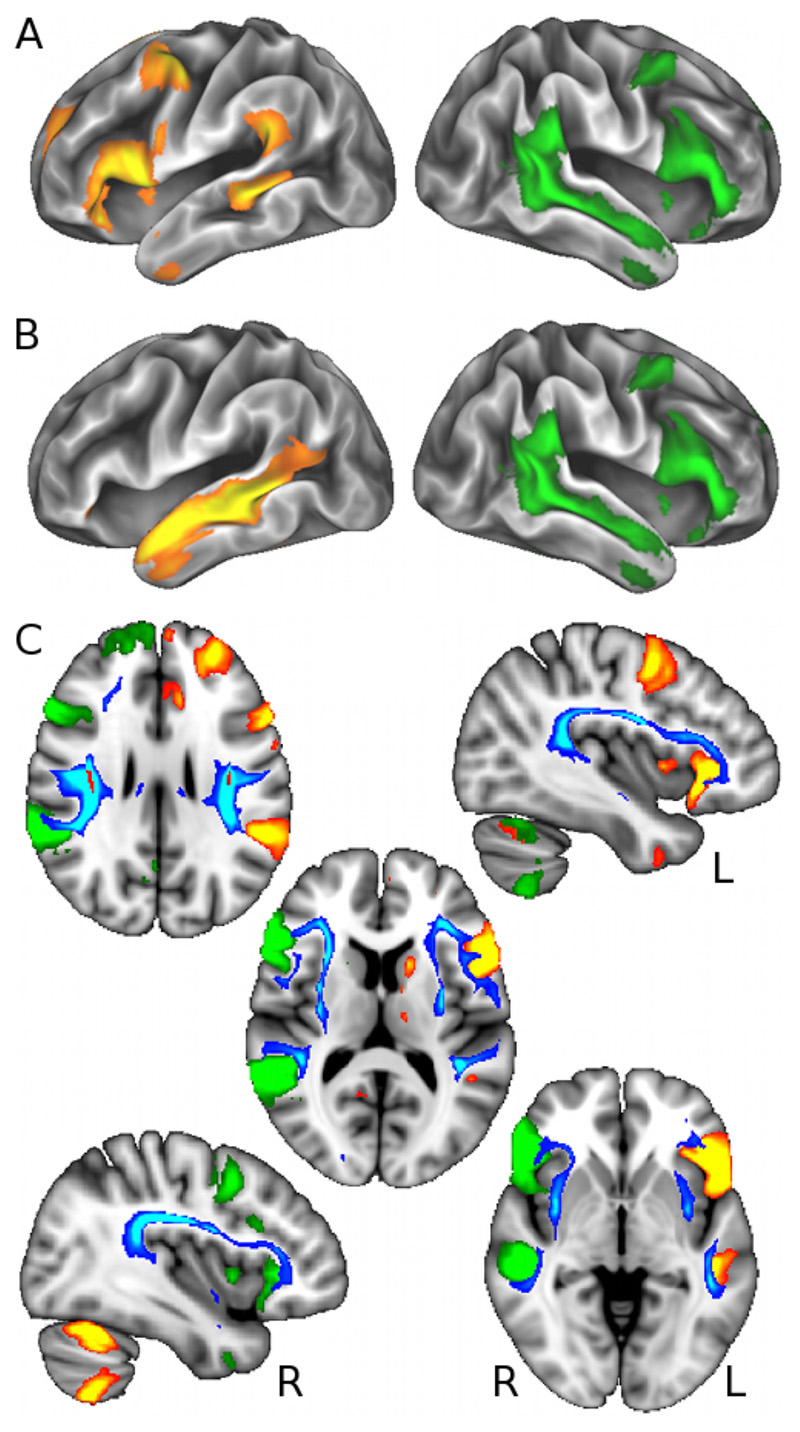Fig 1. Language-related grey matter regions functionally involved with self-reported handedness are connected by white matter tracts associated with rs199512.
(A) and (B) Left-handedness was most strongly associated with an increase in functional connectivity (temporal correlation) between right homologous language functional network (in green, encompassing Broca’s areas, the planum temporale and superior temporal sulcus, Z>5), and a split of the left language functional network (in red-yellow, Broca’s areas and planum temporale shown in A, superior temporal sulcus shown in B, Z>5). These language-related functional networks are overlaid on the cortical surface. (C) Voxelwise effects in white matter associated with rs199512 (in red, p<3.6×10-7) were used as seeds for probabilistic tractography, which reconstructed the arcuate and superior longitudinal fasciculus (III) (in blue-light blue, thresholded for better visualisation at 250 samples). Results are overlaid on the MNI T1-weighted template (axial views: z = 27, 12, -3 mm; sagittal views: x = -39, 39 mm). These white matter tracts clearly link the grey matter areas present in lateralised right- and left-sided language functional networks (in green and red-yellow, respectively, also shown in A).

